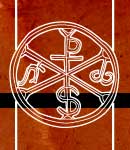
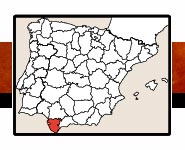

 |
 |
||
 |
|||
 |
(40)/BE-C/CADI-Bahia-40.jpg) |
-55/BOOK-cort-40.jpg) |
 |
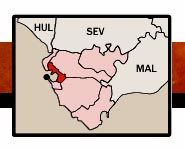 |
||
 |
|||
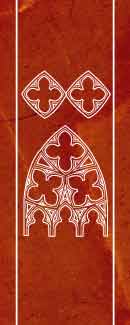 |
ACCEDER A LA BAHÍAUBICACIÓND. BLANCA: En la salida 649 de la A-4 tenemos el acceso para el poblado de Doña Blanca (el pueblo), justo en la entrada al pueblo hay una glorieta, donde hay que coger la dirección de Jerez de la Frontera (A-2002), todo recto hasta llegar a un cruce en forma de “T”, donde seguiremos la dirección a El Portal-Jerez y a poco más de 200 metros veremos la entrada al yacimiento en el lado derecho de la carretera. IGLESIA PSM: En el casco histórico de El Puerto de Santa Maria. M. VICTORIA: El Puerto de Santa Maria se encuentra en la Bahía de Cádiz, el monasterio esta junto a la estación de tren. SAN MARCOS: En el centro de El Puerto de Santa María. |
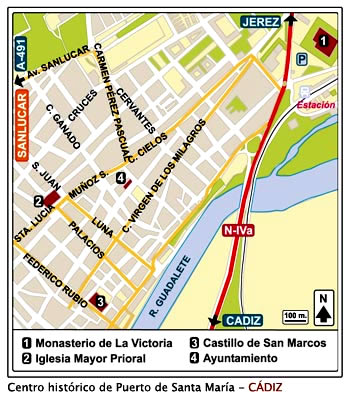 |
ACCESS TO BAHIALOCATIOND. BLANCA: At the exit 649 of the A-4 we have access to the town of Doña Blanca (the town), rigth at the entrance to the village there is a roundabout, where you have to take the road for Jerez de la Frontera (A-2002), straight until reaching a junction in “T” shape, where you will follow the direction to El Portal-Jerez and to 200 meters (656 ft) you wil see the entrance to the site on the right side of the road. PSM CHURCH: It is in the historical center of El Puerto de Santa María. M. VICTORIA: El Puerto de Santa Maria is located in the Bay of Cadiz, the monastery is next to the train station. SAN MARCOS: In the center of El Puerto de Santa María. |
||||
 |
 |
ACCESO PARA MINUSVÁLIDOSD. BLANCA: Visita general para silla de ruedas es factible, pero no a todos los elementos. IGLESIA PSM: Hay unos escalones que pueden dificultar el acceso. M. VICTORIA: Hay 2 escalones y el cerco inferior de la puerta dificulta el acceso interior. SAN MARCOS: No accesible para sillas de ruedas. |
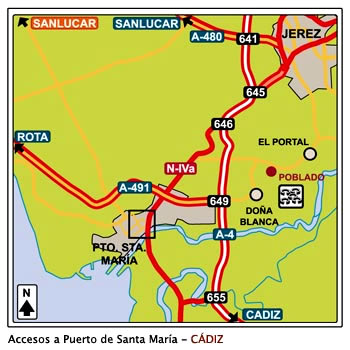 |
ACCESS FOR THE HANDICAPPEDD. BLANCA: The visit is feasible for wheelchair users, but not to all elements. PSM CHURCH: There are steps that can make access difficult. M. VICTORIA: There are 2 steps and the bottom fence of the door making it difficult the inside access. SAN MARCOS: Not suitable for wheelchairs. |
||||